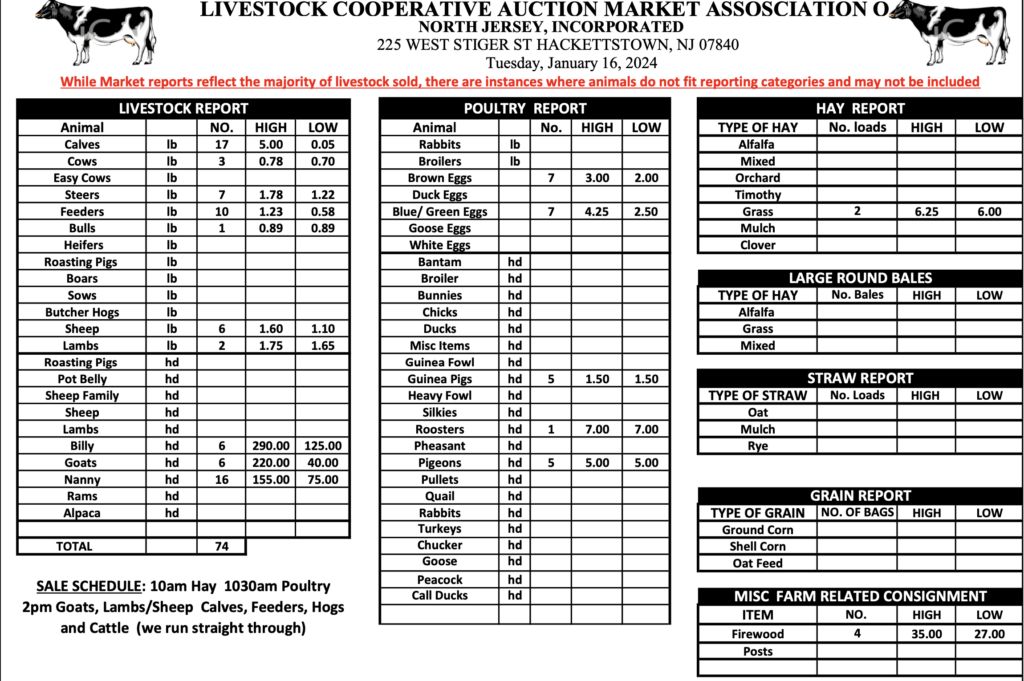The 2024 Mid-Atlantic Weed Control Guide: Essentials for Agronomic Crops is now available for purchase from Penn State Extension in print ($10) or as a digital download ($8). A bundle that includes both versions can be purchased for $18. More information about this guide is available at https://extension.psu.edu/weed-guide.
Penn State Extension (Dwight Lingenfelter and Dr. John Wallace) produces this publication in cooperation with the University of Delaware (Dr. Mark VanGessel), the University of Maryland (Dr. Kurt Vollmer), Rutgers University (Dr. Thierry Besancon), Virginia Tech (Drs. Michael Flessner and Vijay Singh) and West Virginia University (Dr. Rakesh Chandran).
The guide contains essential tables about herbicide recommendations and general use guidelines for corn, sorghum, soybean, small grains, forages and farmstead.
It also offers herbicide effectiveness ratings on problem weeds such as henbit, horsenettle, horseweed/marestail, palmer amaranth and waterhemp, common pokeweed, common ragweed, giant ragweed, annual ryegrass, broadleaf and curly dock, johnsongrass and shattercane, lambsquarters, milkweed and hemp dogbane, Canada thistle, and other species.
Featuring updated herbicide tables from the 2023-24 edition of the Penn State Agronomy Guide, this condensed, quick-reference manual highlights basic information about herbicide-use recommendations and herbicide effectiveness on common weed species in the region.


